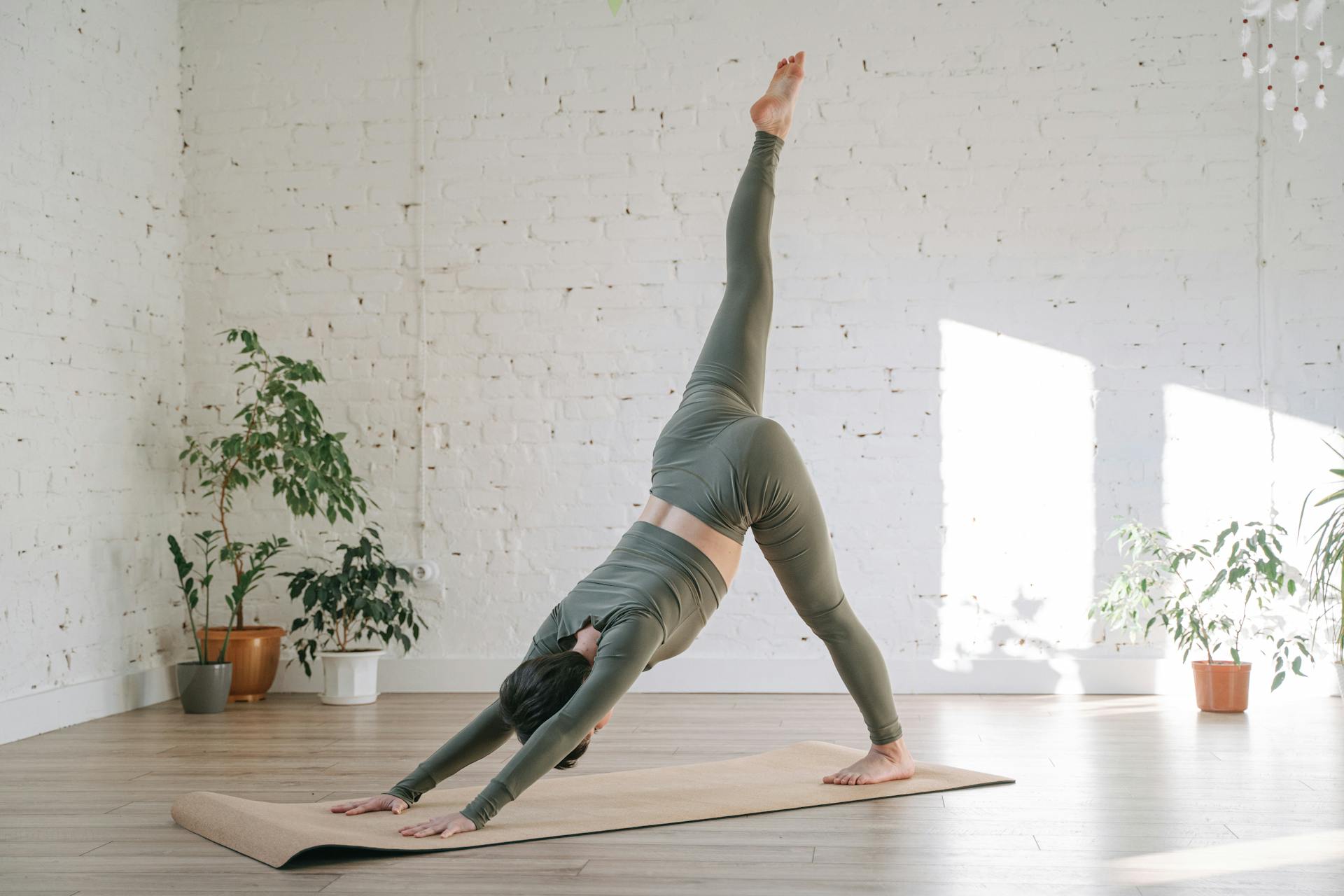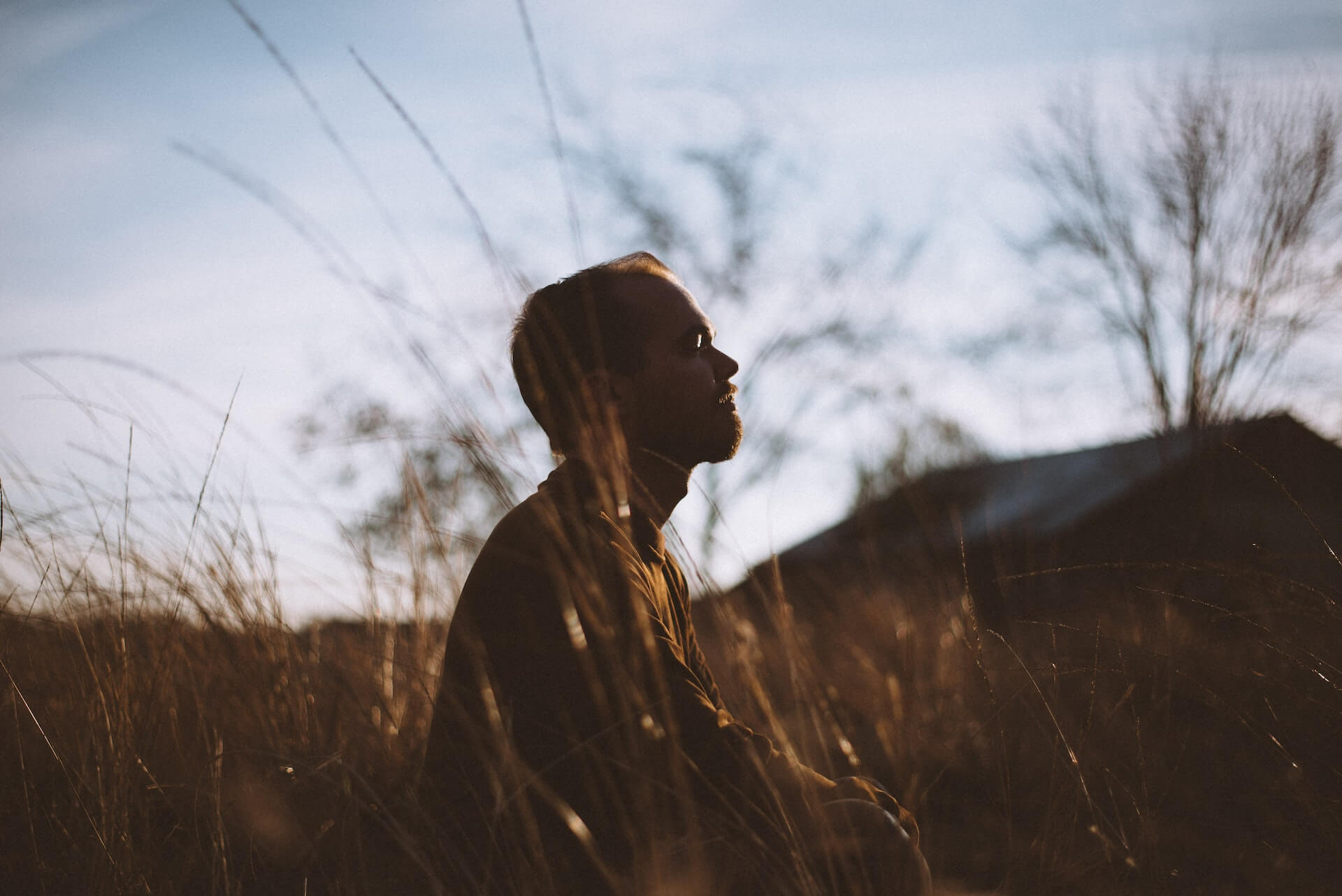
Yoga props such as blocks are an essential tool for yogis of all levels to modify or enhance their practice. Whether you think you “need” them or not - yoga blocks are useful tools to help build strength and flexibility, while improving alignment.
There’s no shame in using yoga blocks in your practice - in fact, many teachers encourage their use!
Yoga blocks come in different materials, the most common (but least eco-friendly) are those made from EVA foam. Firmer and sustainable alternatives include bamboo, wood and yoga blocks made from cork. You’ll find these options provide a more solid foundation during positioning. But if you only have foam and find it’s too soft, try adding a blanket to make it firmer. And if you find wooden or cork blocks too firm, you can use a bolster instead. A bolster can also be propped up using blocks for deeper stretches like backbends.
And if you don’t own a yoga block or bolster, try using firm cushions, a stack of books or folded blankets (photo credit goes to @jaroslavstricko).
Here are six ways you can use yoga blocks to enhance your practice
1. Strengthen your Chaturanga
Chaturanga is a foundational pose often practiced out of alignment. Using blocks is a great way to build the strength needed to perform this challenging (but essential) asana.
This use of blocks during this exercise prevents the top of the shoulders from dipping, allowing a strong and steady decline into the pose.

Place the blocks at their highest level shoulder distance apart. With your hands just behind the blocks and shoulders over your wrists, step back into plank and firm your core and glutes. Practice slowly lowering down to just above the blocks, and then slowly lifting back up again.



2. Release your Psoas
Release your hip flexors with this gentle stretch using blocks to support your lower back. This is a perfect way to reverse the negative effects of hunching over a desk or phone. It’s also a helpful warm-up for deeper backbends.

Lie on your back with your knees bent, as though coming into bridge pose. Press into your feet, lift your hips and place the block under the sacrum at its second lowest height. It is important to find the right position for the block so that your lower back can relax.


Make sure you’re not arching - if you are, move the block closer to your buttocks.
Spend some time breathing into this area. You should be aware of your hip flexors. Using a block will allow you to stay in this pose longer so you can truly relax the psoas.
3. Improve your Downward Dog
Although downward dog is a seemingly easy pose, many of us overextend our shoulders as we lengthen the spine and hamstrings. It’s crucial to maintain correct shoulder alignment while maintaining a strong connection to the floor with our hands.
Using blocks teaches us to lift through the triceps and shoulders, creating more stability and length through the spine.

Place two blocks lengthways at the top of your mat. With your hands on top of the blocks, step back into downward dog. Press your palms into the blocks and grip with your fingers. Slowly, lift your shoulders away from the floor and broaden through the chest. Focus on firming the shoulders while allowing space between the shoulder blades.
Remember, if your shoulders are feeling tight, you can open them up with a puppy dog stretch. You can also use a yoga block (or a pair) to elevate your hands and get a deeper stretch.

4. Relax in Malasana Squat
If you’re feeling stiff and sore, or just a little out of practice using a block can help ease you gently into Malasana without overdoing it.
Stand on your mat with your feet a little wider than shoulder-width apart, feet slightly pointed outward. Sit your hips down until comfortable. At the same time, place a block on its highest side directly beneath the sitting bones.

If your heels are lifted, place a blanket or rolled up towel underneath. This creates downward pressure which lengthens the inner thighs.
After a few deep breaths you might like to remove the block.
5. Swing into Lolasana
If you’re struggling to build the core strength needed for Lolasana (pendant pose), try practising with blocks.

Come to sit on your knees and place a block on either side of the knees. With your hands placed flat on the blocks, push the ground away. At the same time, round the spine, engage the core and tuck the heels up tight.

Continue squeezing everything up until you pull your knees into your chest, and feet to your sit bones.
Once suspended, swing back and forth like a pendulum.
6. Develop Balance and Stability
Yoga blocks can help us challenge the way we balance in a pose, making our muscles work harder, and our minds more alert.
The possibilities for how to use blocks for stability and balance work are endless.
Try practising one-legged standing poses like Tree Pose with your foot on top of a block. Or lean forward into Half Moon Pose and rest your lowered hand on a block.

For an added challenge in Low Lunge, place a block under your front foot and lift your torso into high Lunge.
Once you find your balance, breathe into the pose and take note of any different sensations.
What size block should you use?
 The size of the yoga block you use varies depending on your needs. The two most common dimensions are small (7.5 cm x 15 cm x 23 cm) and the regular or studio size (10 cm x 15 cm x 23 cm). The small blocks are lighter (750 gm) and are better suited for flexible and smaller framed yogis. They are also useful to have on hand for restorative poses where you might like to customise the height more easily.
The size of the yoga block you use varies depending on your needs. The two most common dimensions are small (7.5 cm x 15 cm x 23 cm) and the regular or studio size (10 cm x 15 cm x 23 cm). The small blocks are lighter (750 gm) and are better suited for flexible and smaller framed yogis. They are also useful to have on hand for restorative poses where you might like to customise the height more easily.
For general use, the larger block is the most universally used size. Studios prefer these blocks because their increased weight (1 kg) provides more stability. If you are tall, have limited flexibility, or just unsure which size to get the large blocks are the most versatile choice.
Regardless of whether you think you need them or not, yoga blocks can help us deepen and enhance our practice. Now you have some ideas on how you can use blocks during a yoga session, why not take a couple with you next time you head to the mat?

Valka yoga blocks are made with sustainably sourced premium cork. Our regular sized cork yoga blocks are engraved with our signature Elephant Mandala. The larger studio sized yoga bricks have an engraved logo only. Grippy, solid, antibacterial and eco-friendly, we love our cork yoga blocks and bricks (and think you will too). Shop our range of cork yoga blocks and other accessories here.



